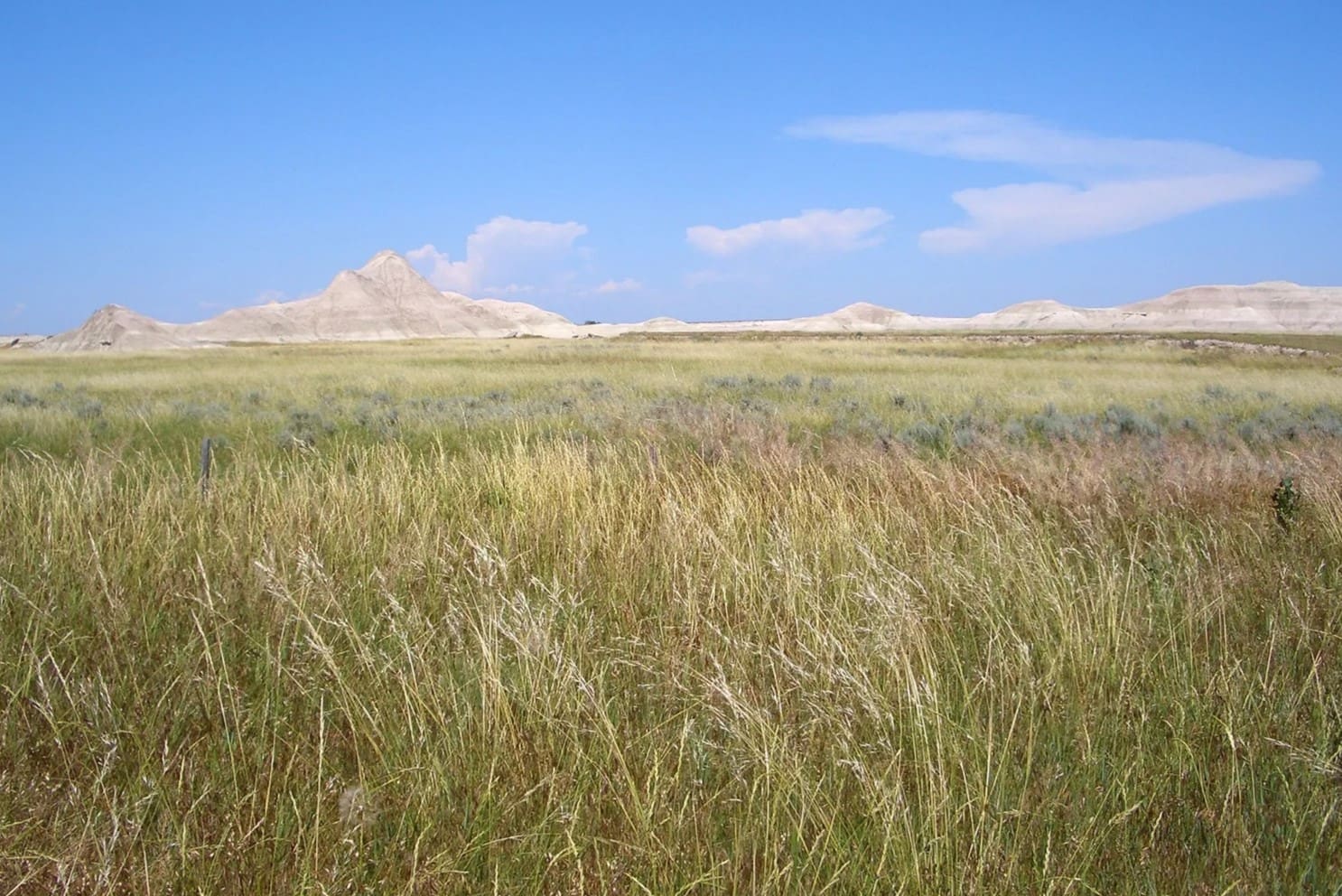
The Great Plains, often referred to as the "heartland" of the United States, is a vast expanse of flat land that stretches across the central region of North America. This iconic region is known for its sweeping prairies, rich agricultural heritage, and unique geological features. From the towering peaks of the Rocky Mountains to the gentle undulating grasslands, the Great Plains is a land of stark beauty and diverse ecosystems.
In this article, we'll delve into 14 fascinating facts about the Great Plains, shedding light on its history, geography, and cultural significance. Join us as we embark on a journey through this captivating landscape, uncovering the hidden gems and remarkable aspects that make the Great Plains a truly extraordinary part of the American tapestry.
Key Takeaways:
- The Great Plains is a vast region in North America with diverse ecosystems, extreme weather, and a rich history of Native American tribes, cowboys, and agricultural significance.
- The Great Plains offers stunning landscapes, diverse wildlife, and opportunities for outdoor adventures, making it a prime location for stargazing, recreation, and artistic inspiration.
The Great Plains spans over 1,125,000 square miles.
Encompassing parts of the United States and Canada, the Great Plains is a sprawling region that covers an impressive land area.
It is home to diverse ecosystems.
From grasslands and shrublands to forests and wetlands, the Great Plains harbors a wide array of ecosystems, each supporting unique flora and fauna.
The region experiences extreme weather conditions.
Ranging from scorching summers to frigid winters, the Great Plains encounters a broad spectrum of weather patterns, including tornadoes, blizzards, and thunderstorms.
The Great Plains is known for its iconic landscapes.
The region boasts stunning natural features such as the Badlands, Black Hills, and the expansive prairies that have captured the imagination of artists and adventurers alike.
It was once inhabited by Native American tribes.
Before European settlement, the Great Plains was home to numerous Indigenous tribes, including the Lakota, Cheyenne, and Comanche, who thrived in harmony with the land.
The Homestead Act of 1862 spurred significant migration to the Great Plains.
The promise of free land under the Homestead Act attracted settlers to the Great Plains, leading to the establishment of farms and communities across the region.
The Dust Bowl had a profound impact on the Great Plains.
During the 1930s, severe drought and unsustainable farming practices led to the devastating Dust Bowl, causing widespread ecological and agricultural damage.
The region is an important agricultural hub.
Renowned for its wheat production, the Great Plains plays a pivotal role in supplying vital crops that contribute to the global food supply.
It is rich in fossil fuels and minerals.
The Great Plains harbors abundant reserves of oil, natural gas, coal, and various minerals, making it a significant resource for energy production and mining.
The Great Plains is a haven for diverse wildlife.
From bison and pronghorn to coyotes and prairie dogs, the region teems with a diverse array of wildlife species that have adapted to its unique environment.
The area is steeped in cowboy culture and traditions.
The legacy of cowboys and ranching permeates the Great Plains, reflecting a storied history of cattle drives, rodeos, and the enduring spirit of the American West.
The Great Plains is a prime location for stargazing.
With expansive open skies and minimal light pollution, the region offers unparalleled opportunities for observing celestial phenomena and appreciating the wonders of the night sky.
It is a hotspot for outdoor recreation and adventure.
Enthusiasts flock to the Great Plains to partake in activities such as hiking, birdwatching, and camping, immersing themselves in the pristine natural surroundings.
The Great Plains continues to inspire art, literature, and music.
Its sweeping vistas and rugged beauty have served as a wellspring of inspiration for countless artists, writers, and musicians, shaping a rich cultural legacy.
The Great Plains, with its captivating history and breathtaking landscapes, stands as a testament to the enduring spirit of the frontier and the remarkable resilience of the human and natural world.
Conclusion
The Great Plains are a remarkable region with a rich tapestry of history, diverse ecosystems, and unique geological features. From the sweeping grasslands to the vibrant cultural heritage, the Great Plains offer a captivating blend of natural beauty and human ingenuity. As we've explored the 14 great facts about the Great Plains, it's evident that this expansive region holds a special place in the heart of America. Whether it's the stunning sunsets, the resilient wildlife, or the enduring spirit of its people, the Great Plains continue to inspire awe and admiration. This vast expanse of land is a testament to the enduring legacy of the past and the promising potential of the future, making it a truly great wonder of the world.
FAQs
What states are included in the Great Plains?The Great Plains encompass parts of ten states in the United States, including Montana, North Dakota, South Dakota, Wyoming, Nebraska, Kansas, Colorado, Oklahoma, Texas, and New Mexico.
What is the climate like in the Great Plains?The Great Plains experience a continental climate, characterized by hot summers, cold winters, and low precipitation. This region is prone to extreme weather events such as tornadoes, blizzards, and droughts due to its geographical location and topography.
Was this page helpful?
Our commitment to delivering trustworthy and engaging content is at the heart of what we do. Each fact on our site is contributed by real users like you, bringing a wealth of diverse insights and information. To ensure the highest standards of accuracy and reliability, our dedicated editors meticulously review each submission. This process guarantees that the facts we share are not only fascinating but also credible. Trust in our commitment to quality and authenticity as you explore and learn with us.
